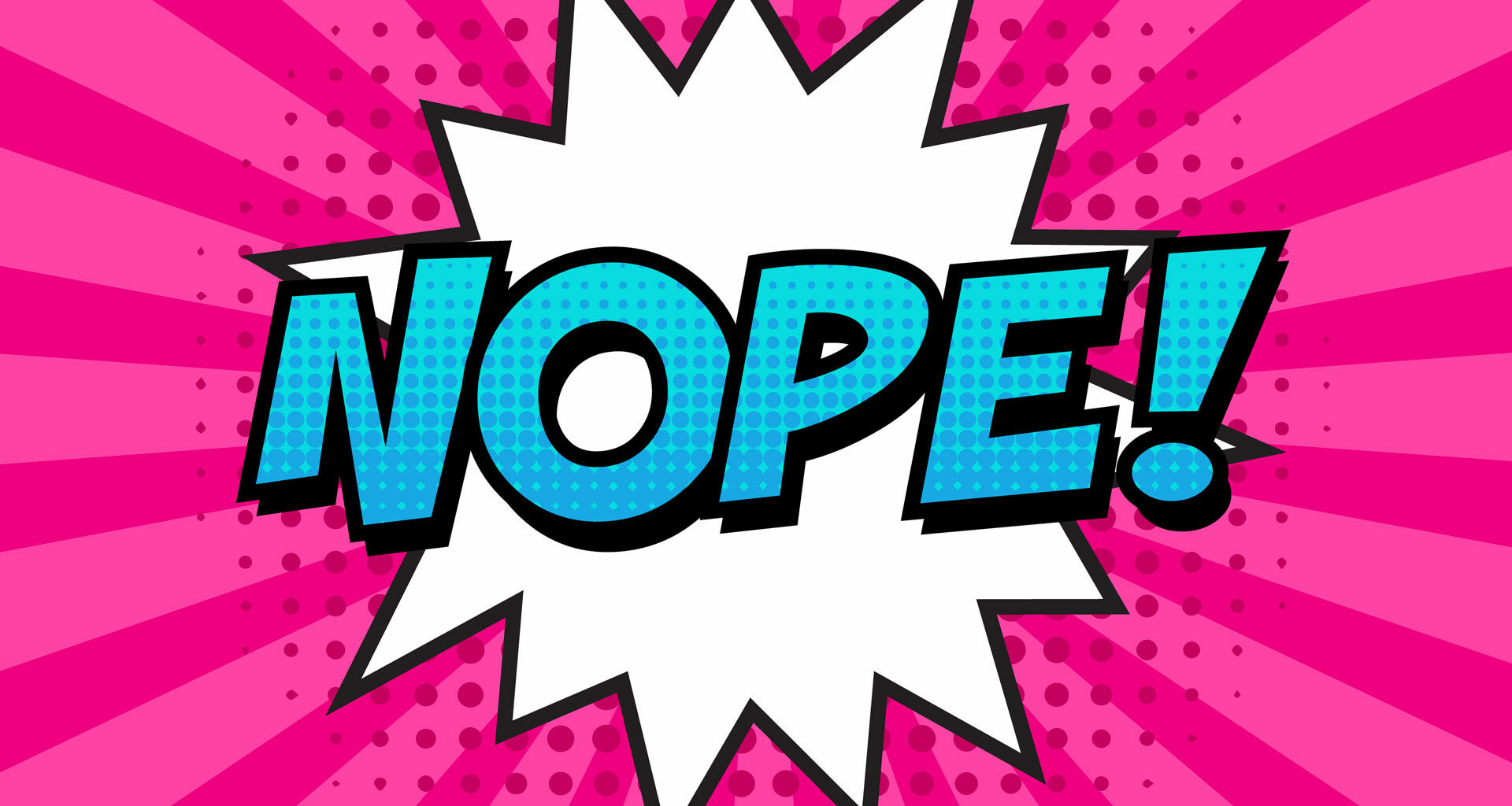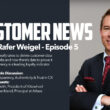The pandemic is not driving digital transformation, the pandemic is driving customer entitlement.
You can’t open business publications these days, including LinkedIn, without seeing an article about how the pandemic is driving transformation. These articles, mostly pushing that digital transformation is on the rise as a result of the reduction in physical customer interactions, are everywhere. You’ve all seen them, likely read them, and walked away and thought “Really? Obviously.” I’m not going to repeat any of that here.
This article is about a different business impact created by the pandemic, it is about the customer. It is not about a technology solution to yet another channel problem, or a website you need to upgrade, or how you should do something. This article is about your need to understand the problem you’re solving for, which is, your customer.
It is STILL About The Customer
That’s right, the pandemic has made your customers more entitled. It has increased their expectations and it has increased the demand they are putting on you.
The pandemic has put your customer more in the driver’s seat than they’ve ever been before. Discussions of safety – of the impact to the physical channel – are just the effect of your new brand of entitled customer. The entitlement to safety has changed what your customers expect of your business for the long-term.
Let’s use the curbside pickup use case as an example. In this example, let us consider both restaurants and electronic retailers as well. As a result of the pandemic, we as consumers decide that we want to make a purchase, we access an app or website and we order in advance. When we arrive at our destination, we expect to be able to notify the retailer that we’ve arrived and have the purchase brought to our car. This entire transaction is certainly a new, combined, digital and physical experience, which is what everyone is talking about. But more importantly, let’s look at this from the customer’s point-of-view. What does this customer now feel that they are entitled to? What do they value?
Customers now expect:
- Convenience – No standing in a queue
- Convenience – No searching your store for an item
- Innovation – A new on-demand service for the delivery of your product
- Personalization – Clear and timely communication about the status of their purchase
- Personalization – Entitlement to a new kind of convenience
- Personalization – That goes far enough but not too far
- Trust – Guarantee that the purchase will be seamless and timely
- Safety – A hands-off interaction with your physical store.
This is just scratching the surface, but if you look at this through the lens of the customers’ metrics – convenience, innovation, personalization, trust, and safety – you’ll see this is about much much more than what everyone is talking about.
Do you put your customers into your business terms, or your business into customer terms?
You need to understand the “what” or “what do your customers want and what do they expect” when you’re building, transforming, or growing your business in 2021 and beyond.
The pandemic is not driving digital transformation, the pandemic is driving customer entitlement.
The pandemic is not driving digital transformation, the pandemic is driving customer entitlement.
Your Company is Still Reacting
All the discussions about the increase in digital transformation are a result of companies reacting to the demands of your customer. These demands are not one-dimensional. They cross many channels, lines-of-business, and frankly, your entire enterprise.
Recognize that companies striving to “put the customer first” are still in reaction mode. You are all reacting to your customer’s entitlement.
Your customers have and continue to be leading your organization and the problem is you either don’t recognize it or you refused to accept it.
The change you are avoiding is what will make it all align.
Moving forward, remember that alignment with the customer isn’t elusive, but it is an evolution. Be a fierce advocate and evangelist for the customer, do your part to understand what they need, want, and expect from your organization. Be their advocates on the inside and work to understand if your organization is set up to serve them or not.
Follow me and my other Atlaas colleagues as we continue to post and write on the subject of Customer Alignment. Ideas, experience, and results of “how to get there from here” will be the subject of upcoming posts. Call on us if your need to discuss is more urgent at [email protected].
 Tim Myers is a Principal at Atlaas. He has spent the last 10 years supporting, implementing, and advising global enterprises such as JP Morgan Chase, Allstate, and Optum in their quest to improve customer experience designs and the outcomes of customer lifecycles.
Tim Myers is a Principal at Atlaas. He has spent the last 10 years supporting, implementing, and advising global enterprises such as JP Morgan Chase, Allstate, and Optum in their quest to improve customer experience designs and the outcomes of customer lifecycles.
If you enjoyed this article, please like or share it with your network so others can benefit from it as well.












